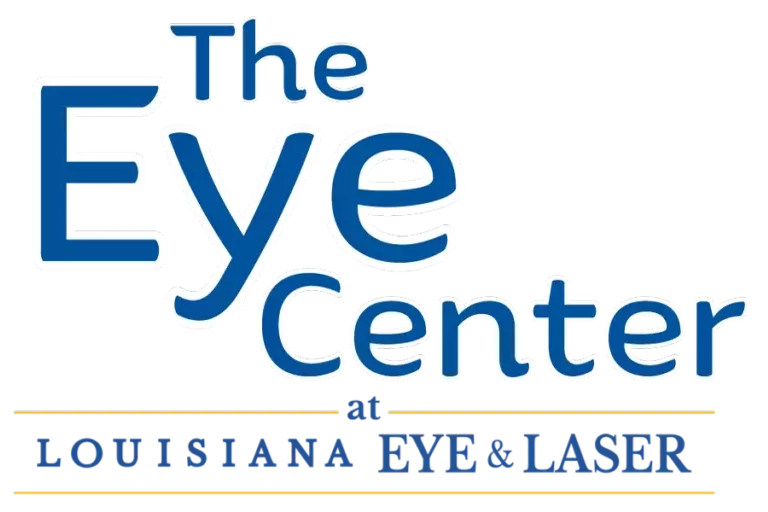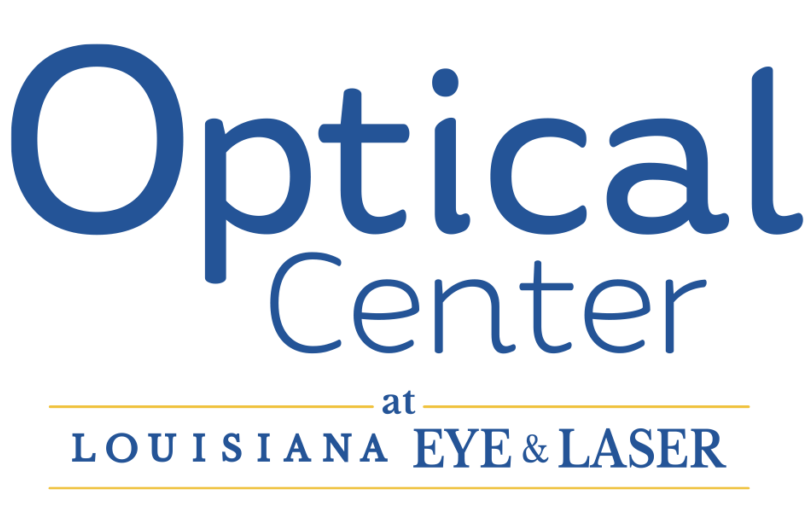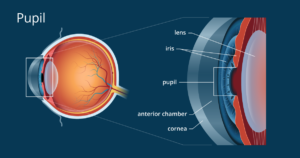
The pupil is a black opening in the center of the iris that allows light to enter the eye. The colored part of your eye, known as the iris, uses the pupil to control how much light enters the eye by controlling the size of the pupil. In dark environments, your pupil expands to allow more light, while it narrows to focus in brighter environments. For more information on the pupil and answers to common patient questions, continue reading below.
Table of Contents:
- What does the pupil do?
- How do I know if my pupils are healthy?
- What conditions affect the pupil?
- Is it bad if one pupil is bigger than the other?
Your pupils are an essential part of your vision, which is why every eye exam at Louisiana Eye & Laser includes an evaluation of the pupil. To schedule an appointment, just click, call or visit one of our 14 convenient locations.
What does the pupil do?
The pupil is a very important part of a person’s eye. Without the pupil, we would either be extremely sensitive to bright light or be unable to see in darker conditions. The pupil controls how much light is able to enter the eye. It works very similarly to the aperture on a camera. In bright conditions the pupil gets smaller and lets less light into the eye. In darker conditions, the pupil dilates which allows more light to enter the eye which allows us to see better in the dark. The size of the pupil is controlled by the iris which is the colored part of the eye that surrounds the pupil.
Pupils can also help adjust your sight to different distances. Visual acuity can be improved by changing the size of the pupil. When focusing on something up close, the pupils will shrink which creates a pinhole effect. This pinhole effect prevents peripheral blur from affecting your ability to see the close object clearly.
How do I know if my pupils are healthy?
Without a proper eye exam, it is difficult to accurately assess pupil health. Pupil size varies from person to person, changes with lighting, and can even change as you grow older. The only way to know for certain that your pupils are functioning correctly is to have them examined by an eye care professional. At Louisiana Eye & Laser, a routine eye exam will include pupil inspection and testing.
The most common test of pupil health is the “swinging flashlight test,” also known as the “Marcus Gunn Pupil test.” Doctors use this method to see how your pupils react to changes in lighting, both directly and indirectly, by directing light beams at each eye individually. Changes to direct illumination of a pupil are known as direct responses, while changes to the other pupil are known as consensual responses. Your doctor may also check the accommodative response of your pupils by having you focus on an object as it moves closer to your nose. Healthy pupils will dilate (grow larger) in dim lighting and constrict when illuminated or when focusing as an object moves closer.
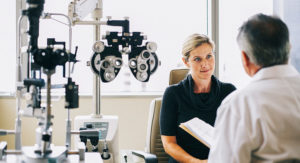
What conditions affect the pupil?
There are a number of conditions that may affect the shape, size or function of your pupils. A few conditions affecting the pupil are:
Relative Afferent Pupillary Defect (RAPD or Marcus Gunn pupil) – This condition typically stems from optic nerve damage or retinal disease. In patients with RAPD, both pupils will dilate (rather than adjust) when light moves from the unaffected eye to the affected eye.
Adies’s Pupil (Tonic Pupil) – A condition in which a pupil has little or no response to light and a delayed response to accommodation. Adie’s pupil normally only affects one eye and may be the result of an infection, lack of blood flow, trauma or surgery.
Argyll Robertson Pupil – A condition in which the pupil responds to accommodation, but does not respond to light. The condition is rare, but typically affects both eyes.
Congenital Aniridia – This is a rare condition in which a person is born with little or no iris, resulting in an abnormally large pupil. Congenital aniridia typically affects both eyes and is associated with congenital cataracts, glaucoma, and other serious eye conditions. Individuals with congenital aniridia are extremely sensitive to light.
Trauma/Accident – Trauma can cause pupils to be abnormally shaped. Trauma may occur when the eye is damaged in an accident or even during eye surgery. However, pupillary responses to light and accommodation are generally not impacted.
Is it bad if one pupil is bigger than the other?
Both pupils are supposed to be the same size. When one pupil is bigger than the other, it is known as anisocoria. A common question that our patients ask our eye care experts is “what does it mean if one of my pupils is smaller than the other?” Uneven pupils can be caused by a variety of different factors. In some cases having one pupil smaller than the other is physiological and has no significant meaning. However, in other cases a sudden change in pupil size can be a result of a serious health problem such as a brain aneurysm or even a tumor. If you observe a sudden change in the size of one of your pupils, you should seek help from an ophthalmologist immediately.

Pupil Care at Louisiana Eye & Laser
After more than 40 years, the experts at Louisiana Eye & Laser have examined and treated countless patients’ pupils. Whether you are experiencing problems with your vision or if it’s just been a while since your last exam, the experts at Louisiana Eye & Laser are here to help. Call, schedule online, or stop by one of our offices to schedule an eye exam today. At Louisiana Eye & Laser, we’re here to make sure you have the clear, healthy vision you deserve.

